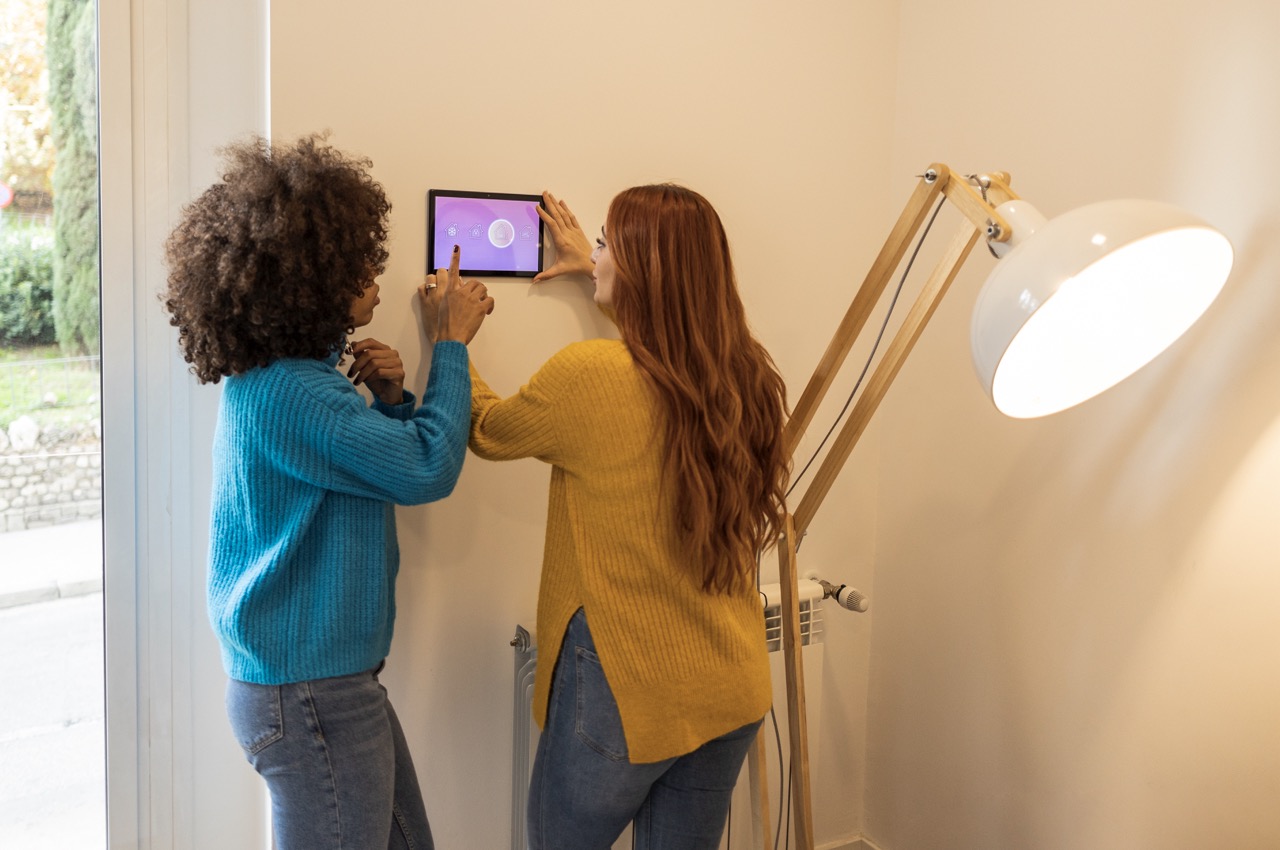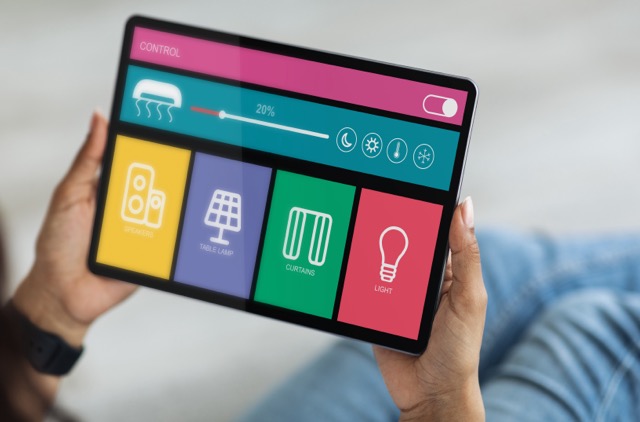In the dynamic world of technology, Smart TVs have continuously evolved, becoming the centerpieces of home entertainment. As we step into 2024, the latest models bring more than just incremental improvements; they offer transformative experiences that change how we consume media. This guide delves into the best Smart TVs of 2024, comparing their features, innovations, and technological prowess to help you make an educated choice for your next big purchase.
Unveiling the Top Smart TVs of 2024: A Guide
As we unveil the top Smart TVs of 2024, notable brands like Samsung, LG, Sony, and Panasonic continue to dominate the market, each bringing something unique to the table. Samsung’s latest QLED models push color boundaries with deeper blacks and vibrant hues, whereas LG’s OLED TVs impress with their incredible contrast and thin design. Sony combines its mastery of processors with Google TV integration, enhancing both functionality and user experience, while Panasonic focuses on cinematic picture quality, appealing to movie enthusiasts.
The competition stiffens with emerging brands like TCL and Hisense, which have introduced models providing high-end features at a more accessible price point. Their latest offerings include advanced LED technologies and AI-powered picture enhancement that challenge the traditional frontrunners. As consumers, we’re witnessing a golden age of choices, where quality isn’t just confined to the premium segment.
When choosing a Smart TV this year, the focus should not only be on the brand but also on how well the TV integrates into your digital lifestyle. From AI-enhancements to eco-friendly power solutions, 2024’s Smart TVs are designed to impress, sustain, and provide the ultimate home entertainment experience.
Superior Picture Quality: Who Leads the Pack?
In the realm of picture quality, OLED technology still reigns supreme, with LG and Panasonic at the forefront. LG’s 2024 models boast their new Alpha 9 Processor, enhancing color accuracy and motion handling to create stunningly lifelike images. Panasonic, on the other hand, continues to harness the power of its Master HDR OLED Professional Edition panels, which are custom-tuned for exceptional brightness and detail, making them a favorite in professional film-making circles.
Samsung and Sony are not far behind, with Samsung’s QLED technology featuring Quantum Dot Color and Mini-LED backlighting, providing brighter images and better contrast ratios. Sony’s latest Bravia XR models integrate cognitive processor XR, which understands how humans see and hear, providing an immersive viewing experience that feels natural and engaging.
Emerging technologies such as MicroLED and enhanced HDR formats are also making their mark. These advancements promise to bridge the gap between LCD and OLED display capabilities, offering consumers a broader range of options that do not compromise on quality. The 2024 lineup is all about pushing the limits of what we expect from our viewing experiences.
Smart TV Sound Systems: Hearing is Believing
The audio experience in Smart TVs has dramatically improved, with manufacturers integrating more sophisticated sound systems into their models. Sony’s Acoustic Surface Audio+ technology uses the screen itself as a speaker, creating a more immersive sound that follows the action onscreen. This is complemented by Dolby Atmos support, which adds a three-dimensional auditory layer to the viewer’s experience.
LG’s 2024 OLED TVs come equipped with AI Sound Pro, which analyzes and optimizes audio based on content type, whether it’s a blockbuster movie, a live sports event, or a concert. This adaptive sound technology ensures that every whisper and explosion sounds crisp and clear. Additionally, LG continues to partner with Meridian Audio to enhance overall sound quality and provide a richer auditory experience.
Samsung’s Q-Symphony feature sets its TVs apart by synchronizing TV speakers with its soundbars to create a cohesive and powerful sound field. The integration allows for a layered sound experience that significantly enhances the auditory aspect of TV watching. With these advancements, the sound systems in modern Smart TVs are quickly becoming comparable to dedicated home theater systems.
User Interfaces: Simplicity Meets Innovation
Navigating a Smart TV’s interface has become more intuitive and user-friendly in 2024. Samsung’s Tizen OS, LG’s webOS, and Sony’s Google TV are at the forefront of blending usability with advanced features. Samsung’s interface is particularly user-focused, offering a seamless and customizable experience that integrates well with other smart home devices.
LG’s webOS has been revamped with a more streamlined, card-based layout that makes finding your favorite content faster than ever. The addition of AI-based recommendations improves content discovery, ensuring viewers can always find something to watch. Moreover, voice control capabilities have been enhanced across these platforms, allowing for easier interaction using natural language processing.
Sony’s integration of Google TV brings a robust selection of apps and services to the forefront, making it a strong contender for those invested in the Google ecosystem. The interface’s simplicity doesn’t just cater to tech-savvy users but also to those who may not be as familiar with Smart TV technology, making it a universally appealing choice.
Connectivity and Smart Features: What’s New?
Smart TVs in 2024 are not just about streaming content; they act as the hub of your connected home. The introduction of WiFi 6E in many models means a more stable and faster internet connection, essential for supporting high-resolution streaming and lower latency in online gaming. Additionally, enhanced Bluetooth technologies ensure smoother connections with a wide range of peripherals including soundbars, headphones, and game controllers.
Voice assistants have become more deeply integrated into Smart TVs this year. Whether it’s Alexa, Google Assistant, or Samsung’s Bixby, these AI helpers can control TV functions, interact with other smart home devices, and even handle day-to-day tasks like setting reminders or checking the weather. This hands-free control is a significant step towards making Smart TVs a central figure in smart home ecosystems.
Moreover, cross-platform compatibility has seen considerable improvements. Apple AirPlay 2, Google Cast, and Samsung SmartThings are now more seamlessly integrated into Smart TVs, allowing for easier content sharing and device interaction. This interoperability not only enhances user convenience but also ensures that your Smart TV can communicate effectively with gadgets from different ecosystems.
Investing in the Future: Which TV Offers More?
When it comes to investing in a Smart TV, one must consider not only the features current as of 2024 but also future-proofing aspects. LG’s OLED TVs with their promise of AI-enhanced viewing and adaptive sound offer a compelling case for longevity in technology that continuously adapts to the user’s preferences. Samsung’s investment in eco-friendly technologies, like their SolarCell remote control that eliminates the need for batteries, also makes their TVs a sustainable choice for environmentally conscious consumers.
Sony’s TVs often come with the promise of firmware updates that bring new features and improvements over time, keeping the TV up-to-date with the latest innovations and standards. This commitment to support makes Sony a wise choice for those looking to purchase a TV that will remain competitive in features for years to come.
Lastly, with emerging technologies and the shift towards more integrated smart home systems, choosing a Smart TV that offers robust connectivity options, excellent compatibility with other devices, and forward-thinking features is essential. As such, TVs that balance current perks with future possibilities stand out as the best investments in 2024.
The Smart TVs of 2024 not only refine what we expect from our viewing experience but also integrate deeper into our digital lives through enhanced connectivity and smart features. Whether you prioritize picture quality, sound systems, user interfaces, or future-proofing capabilities, this year’s models cater to a wide range of preferences and needs. Investing in a Smart TV is no longer just about watching content; it’s about choosing a hub for your digital and entertainment pursuits. With the information provided, you are now better equipped to make an informed decision that aligns with both your desires and the demands of the ever-evolving tech landscape.










